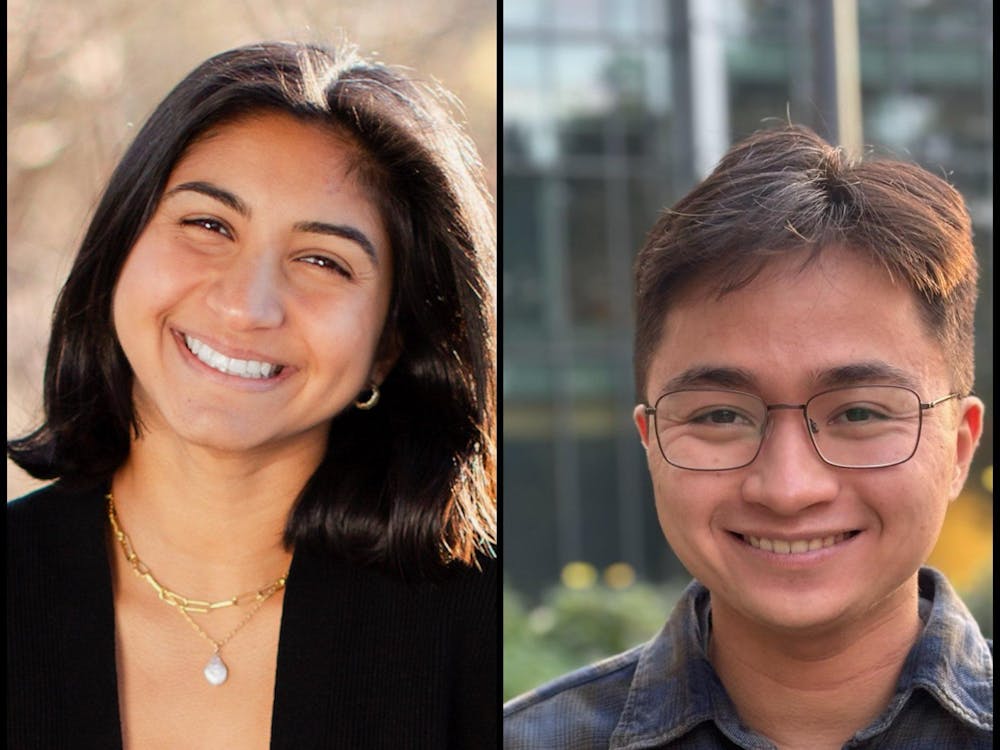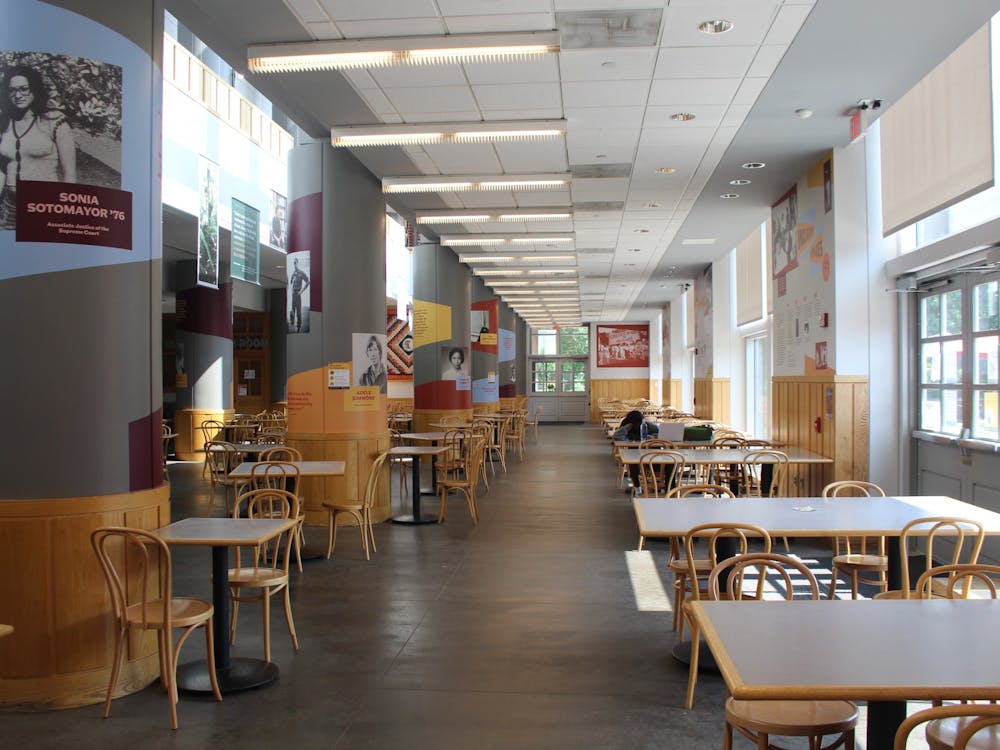The holidays met hundreds of high school students with a special surprise this past December: They received "Yes!" letters from Dean of Admission Fred Hargadon.
For these students, who Hargadon said probably will make up about 45 percent of the Class of 2006, the holidays were spent basking in the glow of being accepted to the University under its early decision program.
Though the University was flexible this admissions season because of anthrax-related mail delays, the deadline for students applying early was Nov. 1. Students admitted early are bound to matriculate at the University.
Most students who were not accepted will have their applications reconsidered over the next few months, until regular decision results are sent out in early April.
"If this year . . . is like the last half dozen years," Hargadon said in an e-mail, "it will turn out to be the case that about a third of the total number of admission offers we make will have been made to early decision applicants and about two-thirds to regular decision applicants."
Hargadon noted that "it took yeoman efforts on the part of our staff to make up for the week we lost with the mail delays we experienced as a result of the anthrax problem in the regional post office."
University of Pennsylvania Dean of Admission William Stetson Jr. said Penn received 3,056 early applications in the fall, a 7-percent increase from last year. He said Penn admitted 1,184 applicants, who will make up about 50 percent of the class of 2006.
Janet MacElman, who works in Dartmouth College's admissions office, said the college admitted 387 of 1,118 applicants in December. MacElman said Dartmouth had a "slight decrease" in early applications, but that the admitted students will make up about a third of the new class.

At Harvard University, Dean of Admissions Marilyn McGrath Lewis said that there was no significant increase in early action applications — about one half percent — in 2001. Early action also offers students a chance to hear an admission decision early, but it is not binding like the early decision policy at Princeton.
Lewis said Harvard admitted 1,074 students in December out of the 6,126 applications it received. She noted that these students would make up "somewhere around half the class."
The year 2001 brought two pieces of significant news in the world of early admissions. In February, Brown University announced that it would shift from an early action program to an early decision program. Late last year, Yale University President Richard Levin began calling for an end to early admission programs.
On Jan. 3 on "The Connection," a radio show on Boston's WBUR, Levin said, "I'm just persuaded after several years of looking at the data and observing the reactions from around the country that this system is not serving high school students as well as it should."

Admission officials at Brown, Yale and Columbia and Cornell universities did not return telephone calls placed this week.







